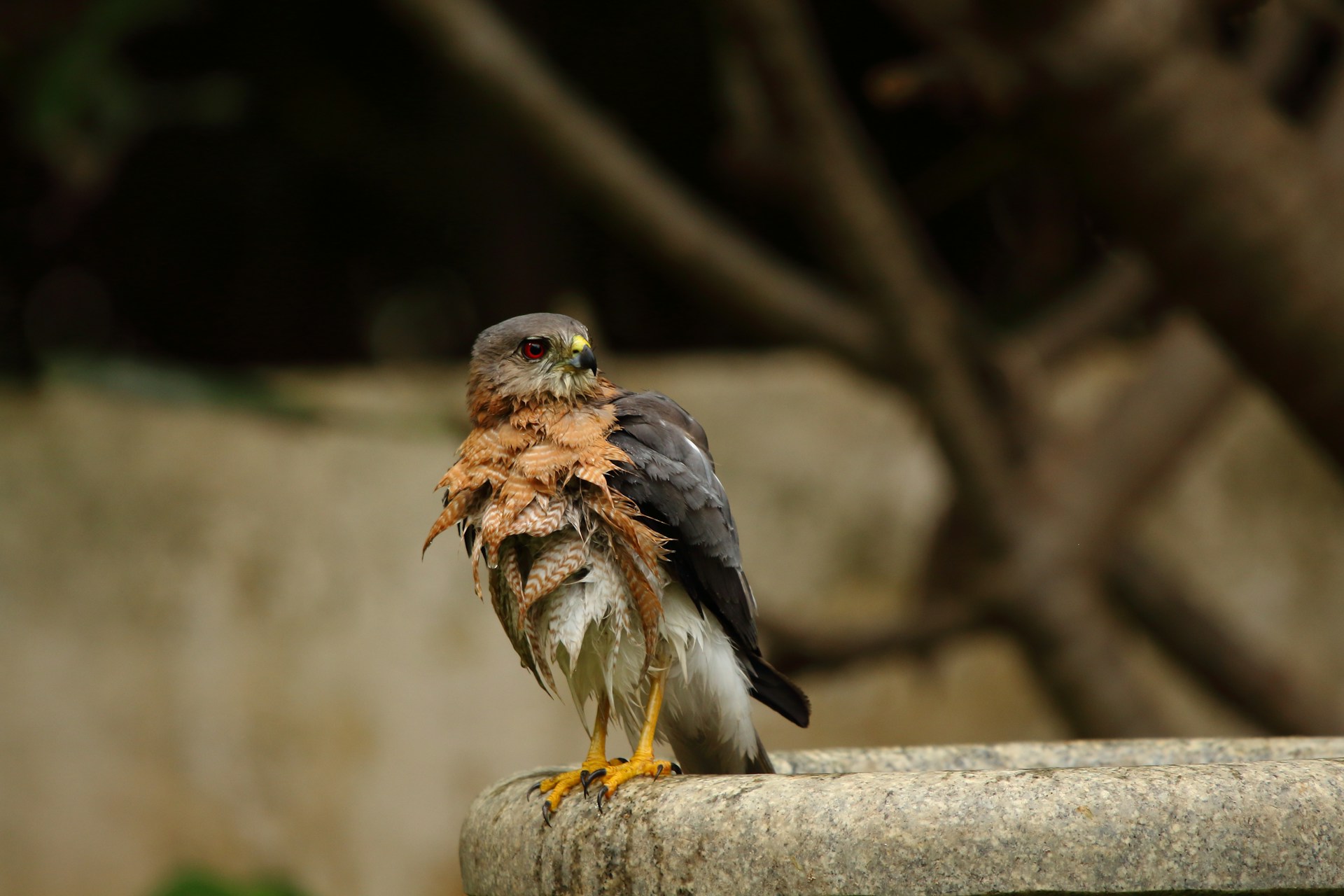Predators from the Sky
Avid nature enthusiasts hold a fascination for the mesmerizing movements of hummingbirds. These aerial acrobats navigate the skies with astounding agility, becoming the delight of bird watchers. However, as magical as they seem, they are vulnerable to threats from other flying predators occupying the same airspace.
Hawks, larger birds, and even owls are their primary predators. These creatures have keen eyesight and an impressive aerial prowess, capable of spotting and swooping down on hummingbirds. However, hummingbirds are not helpless; their nimble flight and speed enable them to often evade these predators by darting into dense vegetation or retreating back to their nests hidden among foliages.
Ground Predators
While hummingbirds spend the majority of their time in the skies, they face certain risks from terrestrial predators. It may seem unlikely, but predators such as cats and snakes do pose a threat to these nimble flyers. Feral and domestic cats are adept hunters, capable of capturing hummingbirds near feeders or bushes. Snakes, on the other hand, can stealthily approach nests to prey on eggs or chicks.
Fortunately, there are ways to protect these birds in our backyards. Proactive measures include hummingbird-friendly gardening practices, and proactive monitoring to deter predators.
Invasive Insect Threat
A less known but significant threat to hummingbirds comes from insects such as praying mantises and spiders. The Hummingbird Guide offers a detailed discussion on how these insects can become significant predators, especially when feeders attract them.
Praying mantises are skilled hunters, known for their patience and precision. They can ambush feeding hummingbirds, striking with sudden speed. Spiders, while less aggressive, pose a danger by ensnaring hummingbirds in their webs, particularly those built near feeders or favorite perching spots.
Human-induced Threats
While we may adore and respect these creatures, humans can unwittingly become indirect predators. Our actions such as habitat destruction, pollution, or even simple instances like window crashes can be accidental threats to hummingbirds.
We contribute to habitat loss by excessive development and deforestation, forcing these creatures into risky environments. Pollution, particularly chemical pollutants, can contaminate their food sources, causing illness or death. And while windows may seem harmless, hummingbirds often collide with clear or reflective glass, leading to severe injury.
As concerned environmental stewards, it’s our responsibility to minimize these impacts. We can do so by adopting bird-friendly landscaping, avoiding chemical pesticides, and making windows visible to our winged friends. We may not be able to eliminate all threats, but we can certainly strive to provide a safer environment for these marvelous creatures.
<small>Image source: https://unsplash.com/photos/a-flock-of-birds-flying-through-a-cloudy-sky-BAYDOi5PafA </small>

